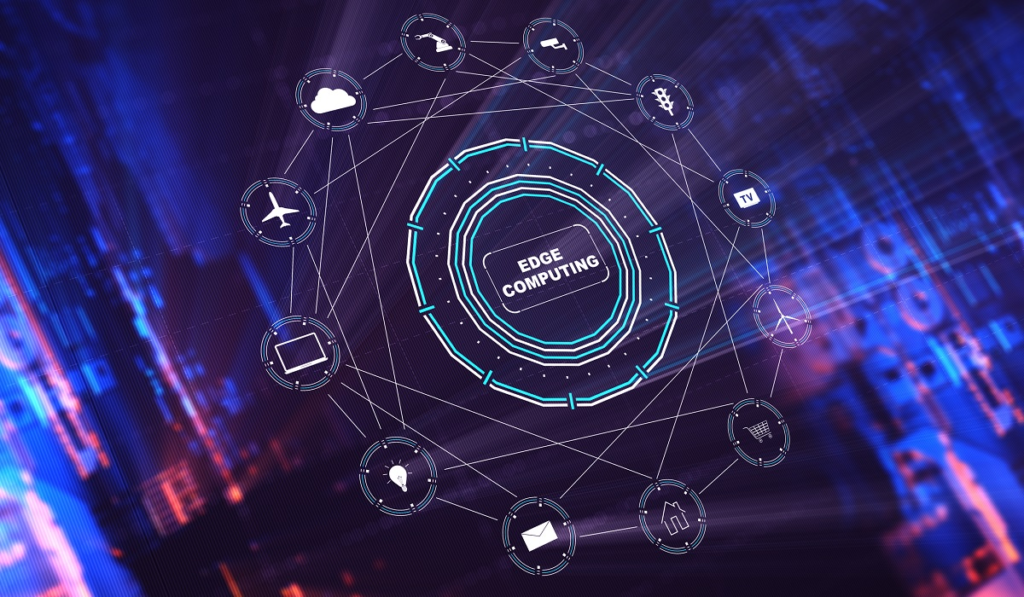Edge Computing: Revolutionizing the Future of Technology
EPA System / News & Eventi

In recent years, edge computing has gained increasing prominence, reshaping our understanding of data processing. Let’s explore how this technology is shaping the future of our digital connectivity.
What is Edge Computing?
Edge computing is a paradigm that shifts data processing closer to the source of its generation, reducing reliance on centralized data centers. In practice, it means bringing computation closer to the devices or sensors that collect data rather than sending it to remote servers for processing.
Advantages of Edge Computing:
-
Reduced Latency: Eliminating the need to send data to distant servers significantly reduces latency, allowing quicker responses in critical applications such as the Internet of Things (IoT) and autonomous vehicles.
-
Bandwidth Savings: By reducing the amount of data sent across the network, it decreases bandwidth congestion, improving overall network efficiency.
-
Privacy and Security: Edge computing enables data to be processed directly on the device, enhancing security and privacy as much of the sensitive data never leaves the source.
Practical Applications:
-
Smart Cities: Distributed sensors in the urban environment can collect real-time data to enhance traffic management, optimize public lighting, and more.
-
Healthcare: Intelligent medical devices can use edge computing to analyze data on-site, providing immediate responses and improving the quality of care.
-
Smart Manufacturing: In factories, edge computing can optimize production processes by monitoring and controlling machines in real-time.
Challenges and Future Perspectives:
-
Standardization: The lack of common standards is a current challenge for the widespread adoption of edge computing. Efforts to establish universal norms and protocols are underway.
-
Data Management: With the increase in locally generated data, effective data management strategies become essential to ensure consistency and security.
Edge computing is poised to become a key element in our digital infrastructure, enhancing efficiency and unlocking new possibilities for innovation. While facing significant challenges, its positive impact on latency, security, and energy efficiency makes it a crucial component in shaping the future of digital technologies.


